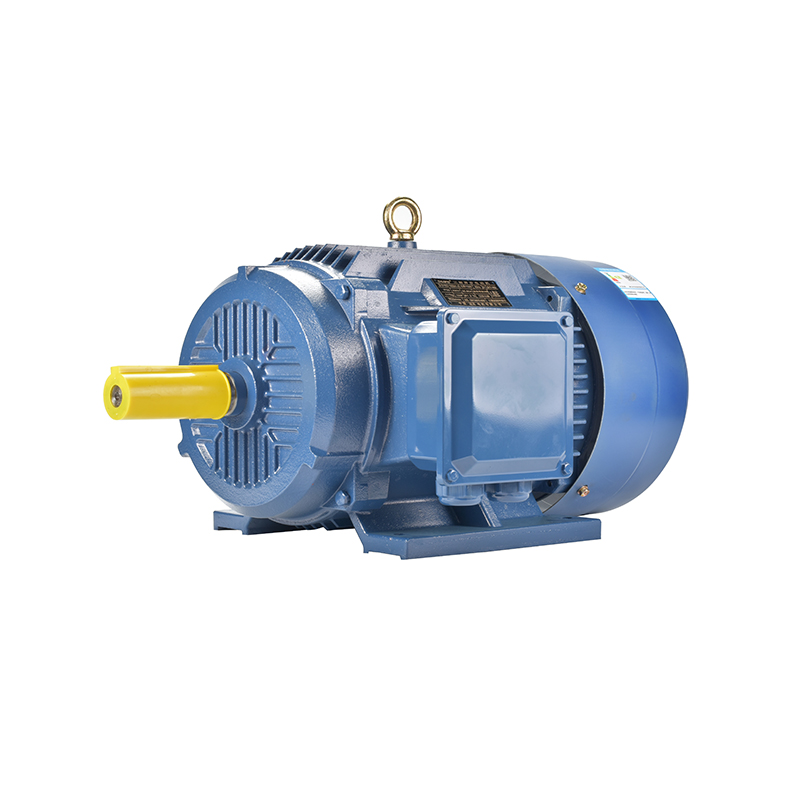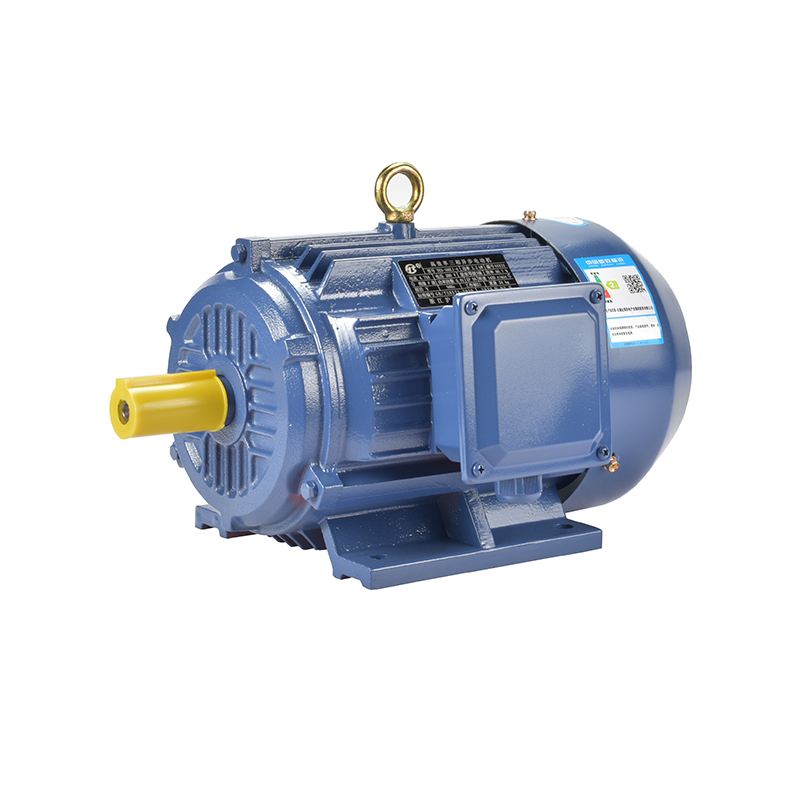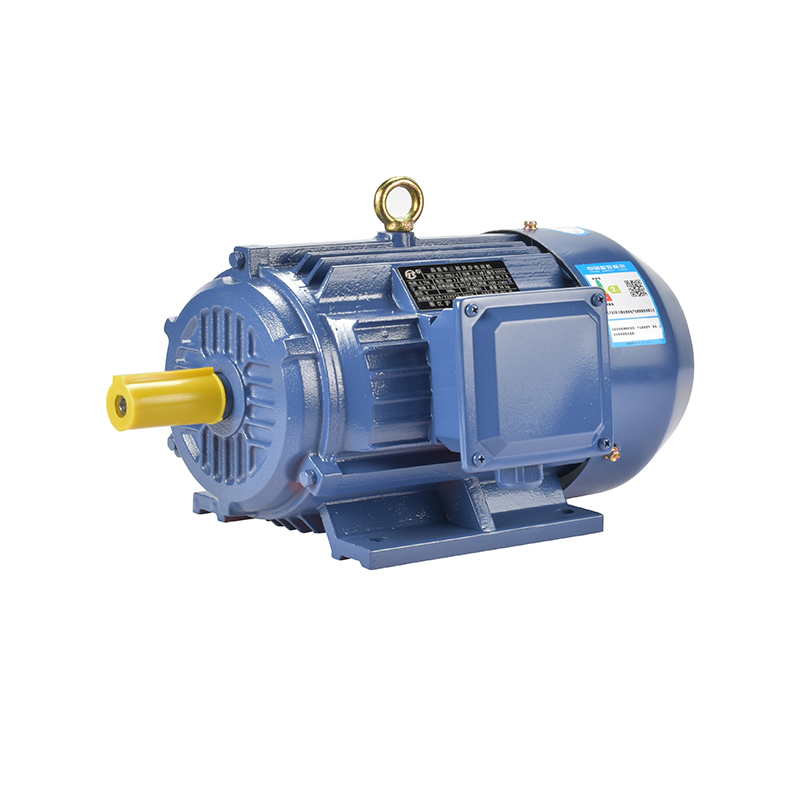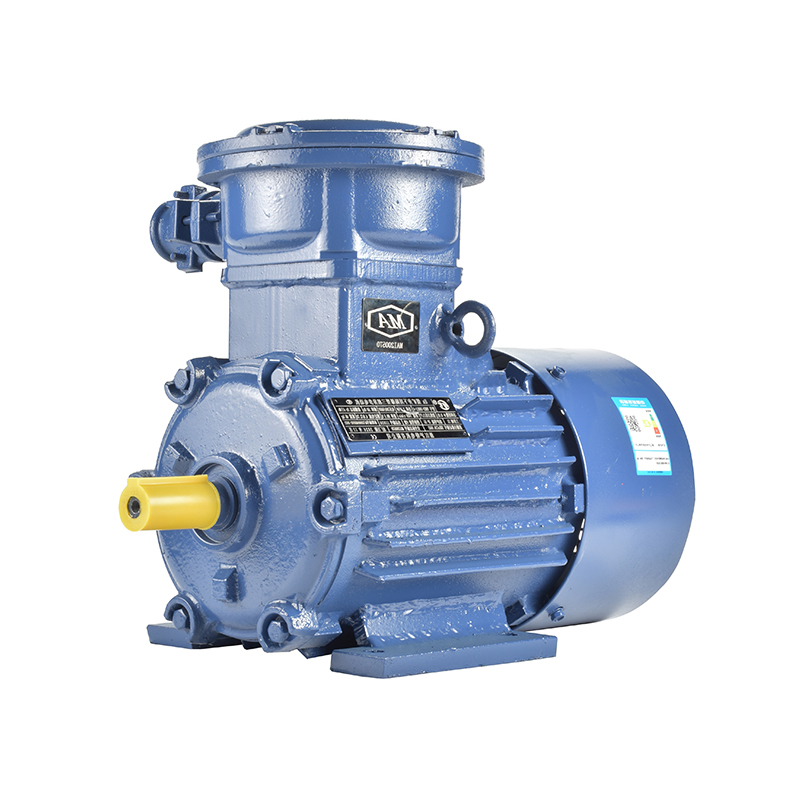Idustrial Upgrades Begin with the Second Class Energy Efficient Motor
As industries worldwide face the challenge of modernizing their production systems while reducing energy costs, the Second Class Energy Efficient Motor is becoming a preferred solution. Businesses are now rethinking how they operate, focusing on motors that not only power equipment but also contribute to energy savings and sustainability goals. With technological advancements and rising global awareness about environmental impact, this motor has become an important part of industrial transformation.

The Push Toward Modern and Sustainable Manufacturing
Manufacturers today are expected to achieve more with fewer resources. Traditional motors often consume large amounts of energy, driving up operational expenses and carbon emissions. By contrast, the Second Class Energy Efficient Motor delivers improved performance through better design, optimized winding, and high-quality materials that minimize energy waste.
This motor supports industries in upgrading their operations without requiring drastic system changes. It seamlessly replaces conventional models, providing noticeable improvements in energy efficiency while maintaining reliable performance. This makes it a cost-effective choice for facilities planning gradual modernization.
Enhancing Productivity through Energy Efficiency
In industrial environments, productivity depends heavily on the reliability and efficiency of equipment. Motors that run cooler and more efficiently tend to have longer lifespans and require less maintenance. The Second Class Energy Efficient Motor reduces unnecessary energy loss, ensuring smoother operation and lower downtime.
Energy efficiency doesn’t just mean saving power—it also means optimizing performance. These motors maintain consistent torque and speed, improving machine stability. When integrated into automation systems, they can contribute to better precision and overall workflow efficiency. This results in higher output and reduced operational costs across the production line.
Why Energy Efficiency Is Now a Business Strategy
Energy efficiency has evolved from being a cost-saving measure to a strategic advantage. Governments around the world are implementing stricter regulations to reduce carbon emissions, and companies that adopt efficient technologies are more likely to remain competitive in the global market. Using the Second Class Energy Efficient Motor allows manufacturers to align with these environmental standards while improving their operational sustainability.
Additionally, many corporations now consider energy-efficient upgrades as part of their corporate social responsibility (CSR) initiatives. Incorporating sustainable technology demonstrates commitment to reducing environmental impact, enhancing brand credibility among eco-conscious customers and partners.
Integration and Flexibility in Industrial Applications
One of the key strengths of the Second Class Energy Efficient Motor lies in its adaptability. It can be integrated into various types of machinery, from conveyors and fans to pumps and compressors. This flexibility allows it to support industries like textiles, chemicals, food processing, and logistics.
Because of its compatibility with modern automation systems, the motor also fits well into the growing trend of intelligent manufacturing. It works efficiently alongside smart sensors and digital monitoring tools, offering data insights that help optimize energy use across operations.
Driving Industrial Growth with Smarter Energy Solutions
The road to sustainable industrial growth begins with smart technology choices. By incorporating the Second Class Energy Efficient Motor, companies can achieve both performance reliability and energy conservation. It not only supports day-to-day operational goals but also contributes to a cleaner, more sustainable future for manufacturing.
For businesses aiming to modernize production and embrace energy-saving technologies, the Second Class Energy Efficient Motor represents a forward-thinking step toward a more efficient and responsible industrial landscape.
-
Feedback



 English
English русский
русский Español
Español عربى
عربى






